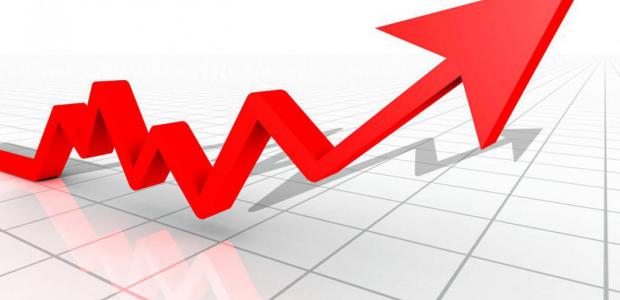The country’s total natural gas consumption figure for 2014 slumped to levels recorded back in 2006, registering 2.780 billion cubic meters, substantially lower than the level of 3.645 billion cubic meters recorded in 2013.
Reduced natural gas consumption for electricity production is the main factor behind the considerable drop, according to DESFA, the natural gas grid operator.
The proportion of natural gas absorbed through facilities in Sidirokastro, close to Serres, in the country’s north, for Gazprom supply, dropped considerably to 57.9 percent in 2014 from 66.9 percent in 2013.
The proportion of LNG supplied through Sidirokasro increased to 20.5 percent in 2014 from 15.3 percent in 2013. The share of LNG supplied by Botas, the Turkish state-run crude oil and gas company, via Kipous, northeastern Greece, increased to 21.25 percent in 2014 from 17.8 percent a year earlier.
DESFA forecasts a gas demand increase to 3.542 billion cubic meters in 2016, with modest increases to levels of 3.616 billion cubic meters in 2017, 3.735 billion cubic meters in 2018, and 3.766 billion cubic meters in 2020. DESFA expects a decline to 3.39 billion cubic meters in 2022 followed by a rebound to 3.782 billion cubic meters in 2025.
Factors taken into account to determine these forecasts include consumption levels of preceding years, import levels, renewable energy source (RES) contributions, electricity production levels, and the entry of new facilities and withdrawal of older ones.
Greece’s three existing EPA gas supply companies are all expected to register demand increases, according to the DESFA study’s figures, while the new EPA supply companies covering the mainland, central Macedonia, and eastern Macedonia and Thrace are expected to begin absorbing amounts as of 2020.
Gas demand for electricity production is expected to remain stable until 2020 before declining. Demand is also forecast to remain steady in the chemical industry and heavy industry.





